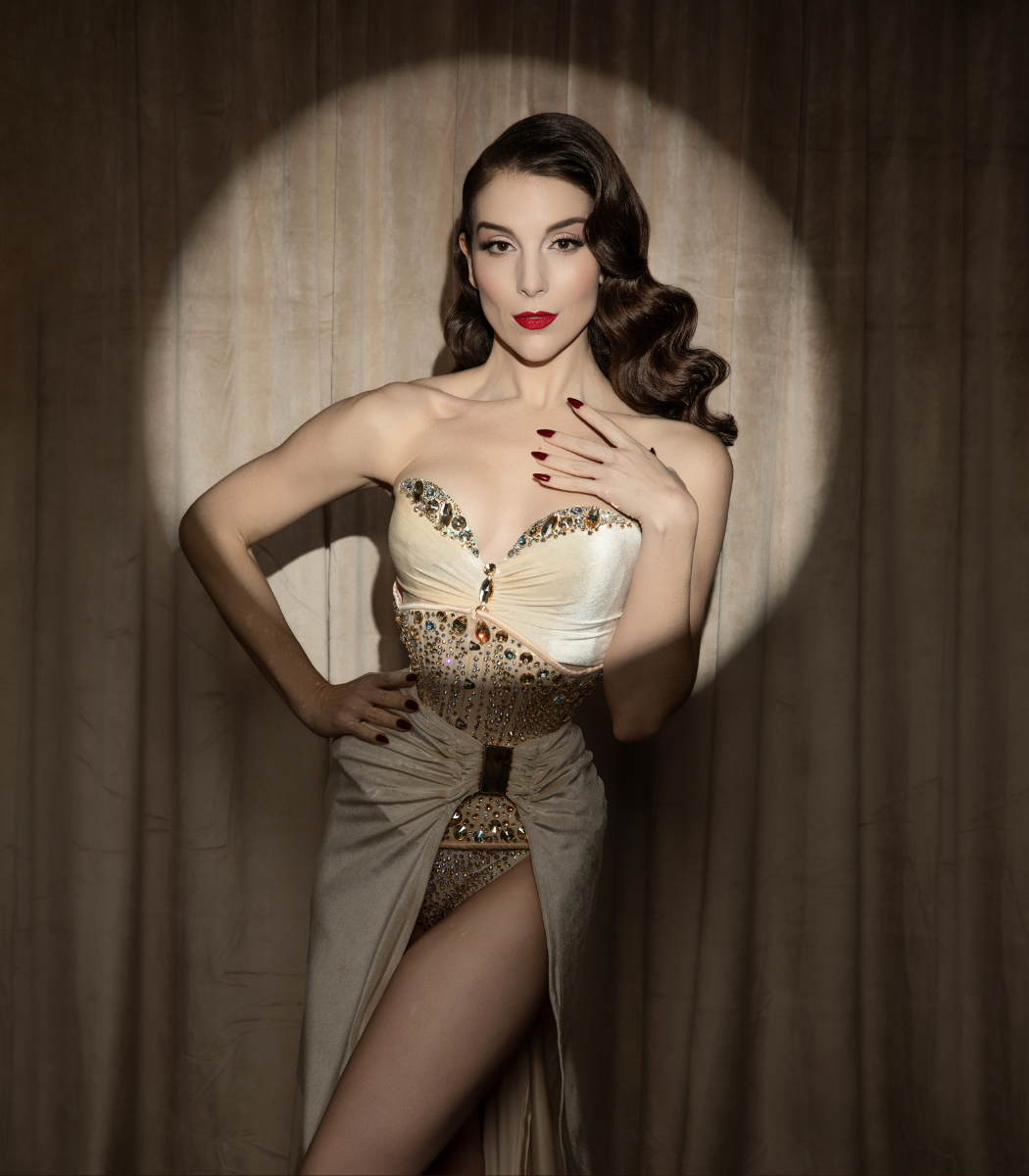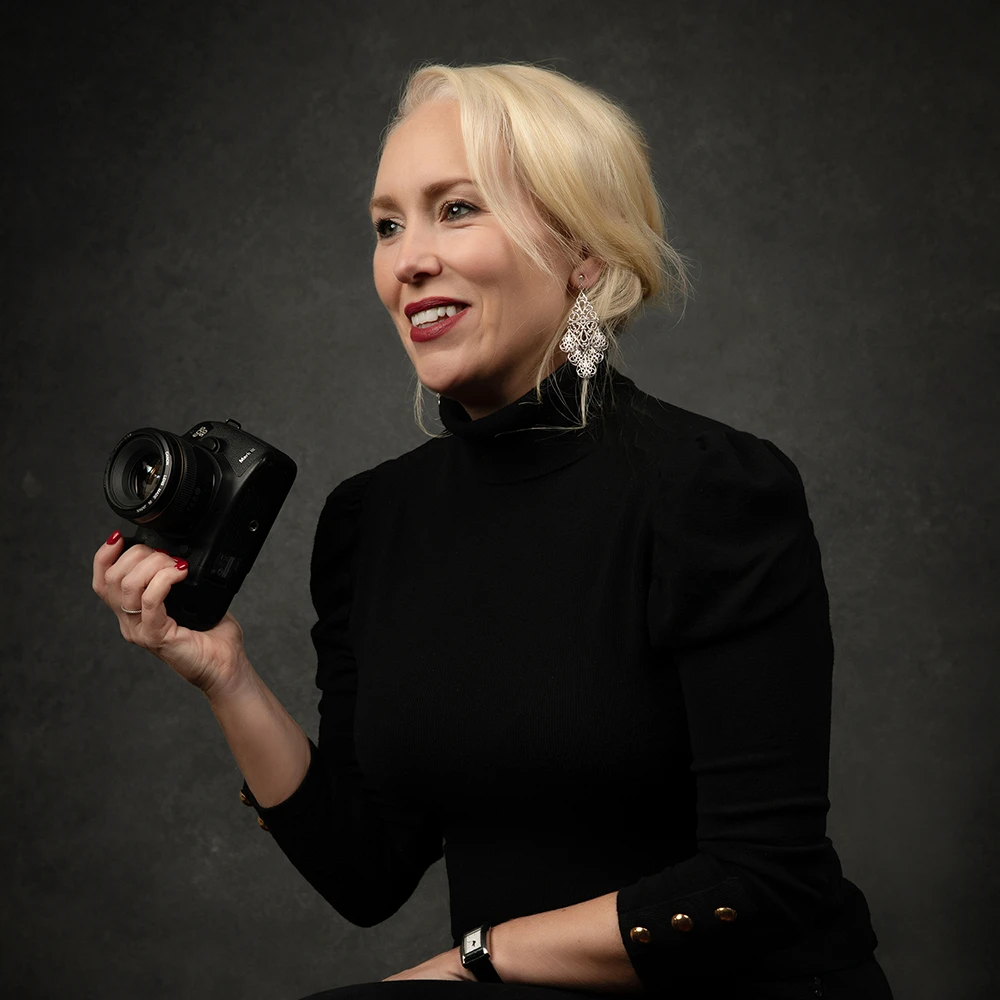Expand Your Reach
Diversify and Boost Profits
In addition to refining your portraiture skills, training in new photography genres, such as boudoir photography or corporate headshots, can significantly expand your offerings and open up new revenue streams. Diversifying your portfolio enables you to attract a broader range of clients and cater to diverse needs.
For example, boudoir photography taps into a more intimate, empowering experience for clients, while corporate headshots are in high demand for professionals, businesses, and online profiles. By learning the nuances of these genres, including the specific posing techniques, lighting setups, and editing styles required for each, you can elevate your business and increase your earning potential.









